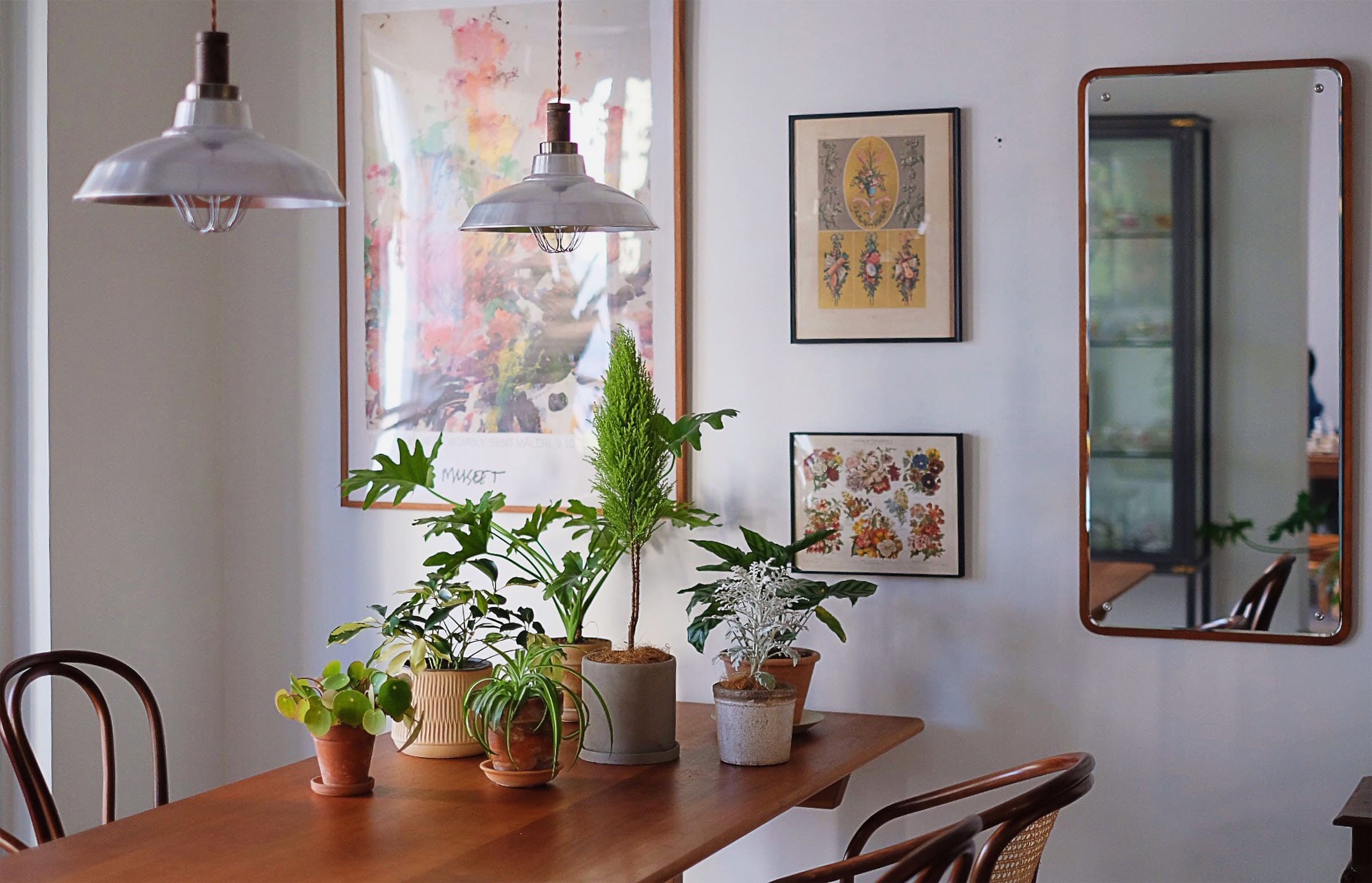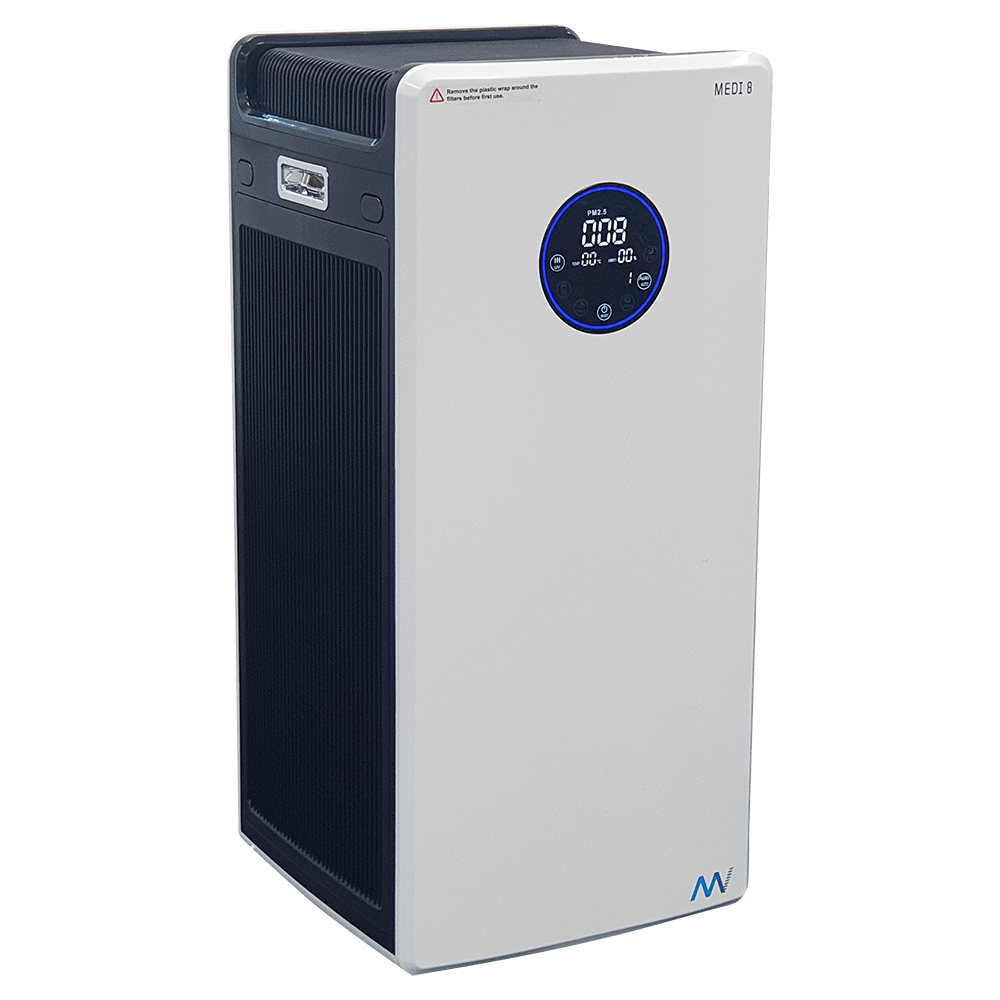Air purifiers reduce allergens in restaurants by filtering out particles. They improve air quality, making dining safer for allergy sufferers.
Restaurants face a unique challenge in maintaining clean air. Pollen, dust, pet dander, and cooking fumes can trigger allergies. These elements make dining uncomfortable for sensitive guests. Air purifiers offer a solution. They capture and remove allergens from the air, creating a healthier environment.
This benefits both customers and staff. Cleaner air means fewer allergy symptoms. It also means happier, more satisfied diners. So, how exactly do air purifiers work to achieve this? Let’s explore how these devices can transform a restaurant’s atmosphere, ensuring a pleasant dining experience for everyone.
Importance Of Clean Air In Restaurants
The importance of clean air in restaurants cannot be overstated. Clean air ensures a pleasant dining experience for customers. It also protects the health of staff and visitors. Air purifiers play a key role in maintaining this clean environment.
Impact On Customer Experience
Customers notice the air quality as soon as they enter. Fresh, clean air creates a welcoming atmosphere. It makes the dining experience more enjoyable. On the other hand, poor air quality can drive customers away. They might associate bad air with poor hygiene. This can lead to negative reviews and fewer repeat visits.
Health Benefits For Staff
Staff members spend long hours in the restaurant. Clean air is vital for their well-being. Air purifiers help reduce allergens and pollutants. This can lower the risk of respiratory issues. Healthy staff members are more productive and less likely to take sick days. This can improve the overall efficiency of the restaurant.
Common Allergens In Restaurant Settings
Restaurants can be a haven for allergens. These allergens can affect both customers and staff. Air purifiers help reduce these allergens, creating a safer environment. Let’s explore the common allergens in restaurant settings.
Food Particles
Food particles are a major source of allergens. Cooking releases these particles into the air. Ingredients like peanuts, shellfish, and dairy can cause severe reactions. An air purifier helps capture these particles. This reduces the risk of allergic reactions.
Dust And Pollen
Dust and pollen are common in restaurants. Dust can come from various sources. These include old furniture, dirty air ducts, and even the ground. Pollen enters through open windows and doors. Both dust and pollen can trigger allergies. Air purifiers can remove these particles from the air.
| Allergen | Source | Impact |
|---|---|---|
| Food Particles | Cooking, Ingredients | Severe allergic reactions |
| Dust | Furniture, Air ducts, Ground | Respiratory issues |
| Pollen | Open windows, Doors | Seasonal allergies |
Using air purifiers in restaurants can significantly reduce these allergens. This creates a healthier and more comfortable environment for everyone.
How Air Purifiers Work
Air purifiers play a crucial role in maintaining a clean environment in restaurants. They work by removing allergens from the air, making it safer for customers and staff. Understanding how air purifiers work can help you appreciate their importance.
Filtration Technology
Filtration technology is a key component of air purifiers. It uses filters to trap particles like dust, pollen, and pet dander. High-efficiency particulate air (HEPA) filters are the most effective. They can capture particles as small as 0.3 microns. This means they can remove most allergens from the air. Restaurants benefit greatly from this technology. Cleaner air means fewer allergy symptoms for customers and staff.
Ionization Process
The ionization process is another method used by air purifiers. This technology releases charged ions into the air. These ions attach to allergens and other particles. The charged particles then stick to surfaces or clump together. This makes them easier to capture by filters or fall to the ground. The ionization process can reduce allergens in the air significantly. It complements filtration technology for a cleaner environment.

Credit: www.amazon.com
Types Of Air Purifiers
Air purifiers play a crucial role in maintaining a healthy environment in restaurants. They help reduce allergens, ensuring a comfortable dining experience for all patrons. There are different types of air purifiers, each with unique features and benefits. Understanding these can help restaurant owners make informed decisions to improve air quality.
Hepa Filters
HEPA filters are highly effective in trapping small particles. They can capture dust, pollen, and pet dander. These filters are known for their efficiency. They can trap particles as small as 0.3 microns. This makes them ideal for reducing allergens. HEPA filters are a popular choice in many restaurants. They ensure clean, breathable air for both staff and customers.
Activated Carbon Filters
Activated carbon filters are excellent for removing odors and gases. They work by absorbing pollutants from the air. These filters contain tiny pores. The pores trap chemical vapors and odors. This helps to keep the restaurant smelling fresh. Activated carbon filters are also effective in removing smoke. They are often used in combination with other filters. This ensures comprehensive air purification.
Choosing The Right Air Purifier
Choosing the right air purifier for your restaurant is essential. A good air purifier can significantly reduce allergens, creating a healthier dining environment. This section will guide you on what to look for in an air purifier. We will discuss size and capacity and noise levels.
Size And Capacity
The size and capacity of an air purifier matter. It should match the size of your restaurant space. A small purifier won’t be effective in a large area. Measure your restaurant’s square footage. Compare it to the purifier’s coverage area. Choose one that can handle the entire space.
Look for purifiers that offer high Clean Air Delivery Rate (CADR). A higher CADR means better performance. Make sure the purifier can filter all types of allergens. This includes dust, pollen, and pet dander.
Noise Levels
Consider the noise level of the air purifier. A noisy unit can disturb your customers. Check the decibel (dB) rating of the purifier. Lower dB ratings mean quieter operation. Aim for purifiers that operate below 50 dB for a peaceful dining experience.
Some purifiers offer a ‘silent’ or ‘sleep’ mode. These modes reduce noise further. This is ideal for maintaining a quiet atmosphere in your restaurant. Always check customer reviews for noise complaints before purchasing.

Credit: rgf.com
Installation And Maintenance Tips
To ensure air purifiers work effectively in restaurants, proper installation and maintenance are crucial. This guide will help you understand the best practices for installing and maintaining air purifiers. Following these tips will reduce allergens and improve air quality in your restaurant.
Optimal Placement
Placing air purifiers in the right spots is essential for maximum effectiveness. Consider the following tips:
- Place purifiers in high-traffic areas to capture more allergens.
- Ensure there is enough space around the purifier for proper air circulation.
- Avoid placing purifiers near walls or furniture that may block airflow.
- Install multiple units in larger areas for even coverage.
Note: Avoid positioning purifiers too close to cooking areas to prevent grease build-up.
Regular Filter Replacement
Filters are the heart of air purifiers. Regular replacement is key to maintaining their efficiency. Follow these steps:
- Check the manufacturer’s guidelines for filter replacement intervals.
- Set reminders to replace filters as recommended.
- Inspect filters monthly for visible dirt and debris.
- Use high-quality replacement filters to ensure optimal performance.
Tip: Keep spare filters on hand to avoid downtime when replacements are needed.
Maintenance Schedule
| Task | Frequency |
|---|---|
| Clean exterior surfaces | Weekly |
| Check filter status | Monthly |
| Replace filters | As per manufacturer’s guidelines |
| Inspect for any mechanical issues | Quarterly |
Following this maintenance schedule ensures your air purifiers run efficiently. Clean air means fewer allergens and a healthier dining environment for your customers.
Benefits Of Air Purifiers In Restaurants
Benefits of air purifiers in restaurants are immense. They offer a cleaner environment, making dining experiences more enjoyable. Cleaner air can lead to healthier customers and staff. Let’s explore how air purifiers can benefit restaurants.
Enhanced Air Quality
Air purifiers improve air quality by removing contaminants. They filter out dust, pollen, and smoke. This results in fresher, cleaner air. Customers will notice the difference. Cleaner air can make meals more enjoyable. Staff will also benefit from a healthier workspace.
Reduction In Allergy Symptoms
Many people suffer from allergies. Air purifiers can reduce allergens in the air. This includes pollen, pet dander, and mold spores. Fewer allergens mean fewer allergy symptoms. Customers will appreciate the relief. Staff members will also benefit from fewer sick days.

Credit: iaq.works
Customer And Staff Testimonials
Customer and staff testimonials highlight the effectiveness of air purifiers in restaurants. These firsthand accounts offer insights into the improvements seen after installing air purifiers. Their stories emphasize the real-world benefits.
Positive Feedback
Many customers have shared their positive experiences. They notice a significant reduction in allergens. This leads to fewer allergic reactions. Patrons appreciate the clean, fresh air. They feel more comfortable dining in a restaurant with purified air.
Staff members also report positive changes. They experience fewer allergy symptoms. This improvement enhances their overall well-being. Happy and healthy staff contribute to better service. Their testimonials underline the importance of good air quality.
Improved Work Environment
Air purifiers create a healthier work environment. Staff members breathe easier and feel more energetic. This results in higher productivity. They appreciate the cleaner air, which reduces stress and discomfort.
Managers notice fewer sick days among employees. This benefits the restaurant’s operations. A healthy workforce ensures smooth daily functions. Testimonials from staff highlight the importance of a clean work atmosphere.
These testimonials show the real impact of air purifiers. Both customers and staff benefit from improved air quality. Their stories make a compelling case for using air purifiers in restaurants.
Frequently Asked Questions
How Do Air Purifiers Help In Restaurants?
Air purifiers remove airborne particles like dust, pollen, and pet dander. They help reduce allergens and improve air quality. This makes the restaurant environment healthier for customers and staff.
Can Air Purifiers Remove Food Odors?
Yes, air purifiers with activated carbon filters can remove food odors. They absorb and neutralize odor-causing molecules. This helps maintain a pleasant dining atmosphere.
Are Air Purifiers Effective Against Bacteria?
Air purifiers with HEPA filters can capture bacteria and viruses. They trap these microorganisms, reducing their presence in the air. This helps create a safer dining environment.
What Types Of Air Purifiers Are Best For Restaurants?
HEPA and activated carbon air purifiers are best. HEPA filters capture allergens, while carbon filters remove odors. Choose a purifier suitable for your restaurant’s size.
Conclusion
Air purifiers make restaurants safer for people with allergies. They remove dust, pollen, and other allergens from the air. Cleaner air means fewer sneezes and coughs. Customers feel more comfortable and enjoy their meals. Staff also benefit from better air quality.
Investing in air purifiers can improve the dining experience. It shows you care about health and comfort. Everyone wins with cleaner air.
Rakib Sarwar is a Registered Pharmacist and a reputed health and wellness blogger. He has a great interest in Air purifiers.
